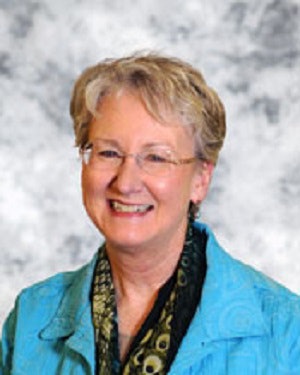Compared to last fall, postsecondary enrollment has decreased this year by more than 231,000 students, according to new research from the non-profit organization National Student Clearinghouse (NSC) Research Center.
This report, “Fall 2019 Current Term Enrollment Estimates” is part of an ongoing research series that provides national and state enrollment data based on institutional sectors, age groups, gender and student’s majors.
According to the research, for the first time within the decade, the United States’ unduplicated fall enrollments dipped below 18 million students and declined by more than two million students.
Dr. Sally M. Johnstone, president of the National Center for Higher Education Management Systems, said the results were not “unexpected.”
“We are at a point culturally in the United States right now where the value of college is being questioned,” she said. “So, there are fewer people that would be expected to go to a postsecondary education and are doing that. There are also a number of different kinds of alternatives that are evolving.”
In terms of enrollment based on individual states, Florida saw the largest decline with a loss of 52,328 students.
The top states with the largest enrollment decline by the number of students include Florida, New York, California, Missouri and Pennsylvania. According to the research, Alaska, Florida, Arkansas, Missouri, Vermont and Wyoming held the largest enrollment decrease by percentage change.
“The states with the biggest decreases, there are things going on in those states that aren’t going to be revealed in data,” said Johnstone.
She gave the example of Alaska facing major budget cuts within their postsecondary institutions at the state level.
In June, lawmakers voted to cut 40% of the University of Alaska’s spending budget. Shortly after, Alaska Governor Mike Dunleavy signed a bill that resulted in $25 million in cuts this year and $70 million in cuts over the next three years.
“I think it resulted in some loss of faith sort of in the university structure,” she said. “I’m not suggesting that it’s not the only thing going on but it exacerbates the decline that we would see anyways.”
 Dr. Sally Johnstone
Dr. Sally JohnstoneOn the other hand, 15 states saw increases in enrollment. Utah had the largest increase with almost 16,800 students or 4.9% since last year.
“There’s a story behind each of the states that are seen as declining or increasing. It’s never as simple as just looking at the data,” said Johnstone.
As of fall 2019, public four-year institutions’ enrollment dropped by 97,426 students’ public two-year institutions declined by 77,092 students, private nonprofit four-year institutions fell by 22,027 students and private for-profit four-year institutions decreased by 15,711 students, according to the report.
Over the last four years, the average age of full-time undergraduate students dropped from 22.3 to 21.8 years old.
Public two-year institutions saw a 5.9% increase in dual-enrollment students under the age of 18. These students attend high school while taking community college classes.
On the other hand, first-time enrollment of students aged 18-24 decreased at all institutions except public two-year institutions while those over 24 decreased at all institutions, the report found.
Enrollment at large private nonprofit four-year institutions grew 2.7% while smaller schools with less than 10,000 students decreased.
Lastly, in terms of gender, there were 159,000 fewer males and nearly 84,000 fewer women were enrolled in postsecondary institutions compared to fall 2018.
Dr. Mikyung Ryu, director of research publications at NSC Research Center, predicted that the decline in enrollment was associated with the economy. She said that in times of a strong job market, college enrollment typically declines.
Additionally, the overall graduation rates of high school students are projected to decline within the next decade. After a few years of some growth, the report projects that from 2027 to 2032 the annual graduation totals will each be smaller by 150,000 to 220,000 people than the ones the nation had in 2013.
“This is alarming in the sense that declining enrollment and college attendance is really not good news for the institutions themselves and it’s not good news for students and families themselves,” said Ryu.
Ryu recommended that institutions need to change their “business model” to better serve the students who are already on campus.
Additionally, Johnstone suggested that universities should adapt to the changing demographics by understanding and looking at the student’s needs.
“As an institution, whether that’s a community college or university, they are beginning to act differently and do things differently,” she said. “And I think it’s documented in things like the rise of competency-based programs. It’s a way where adult students can participate in learning environments that meet the needs of adult students.”
Sarah Wood can be reached at [email protected].





















